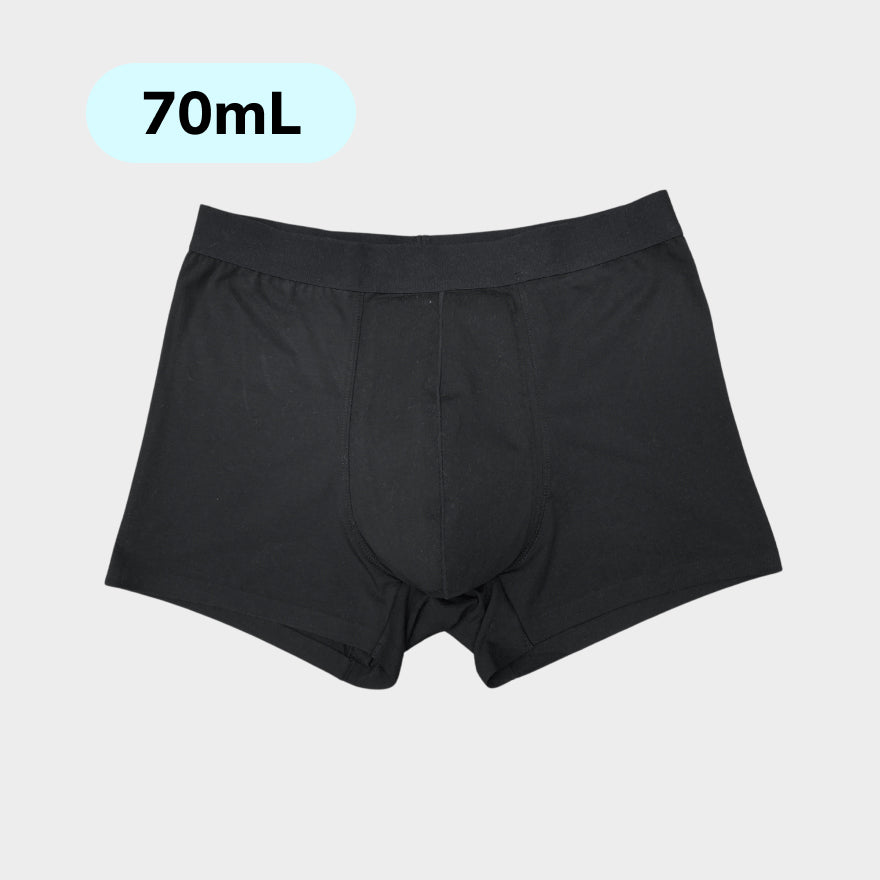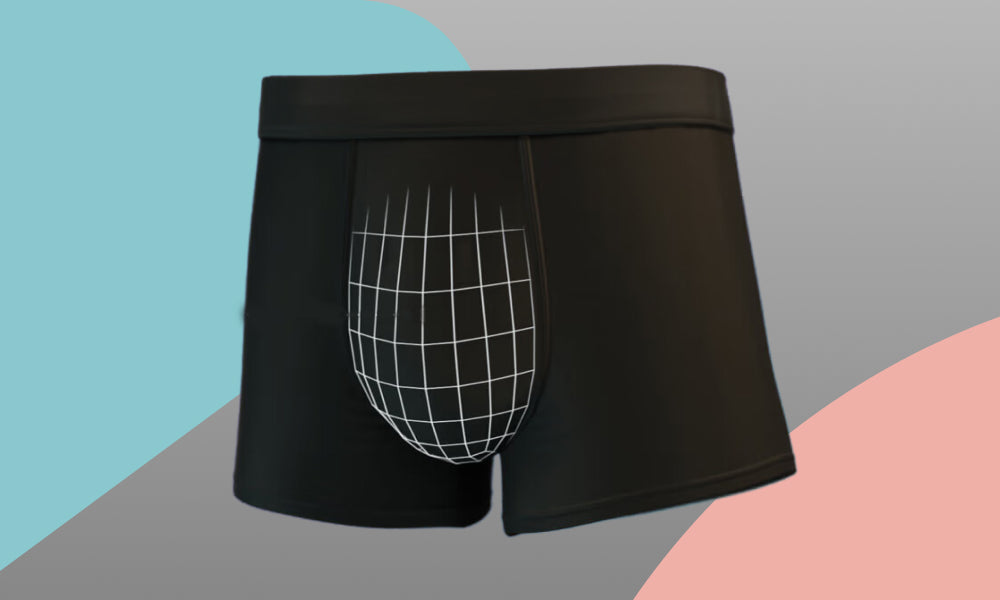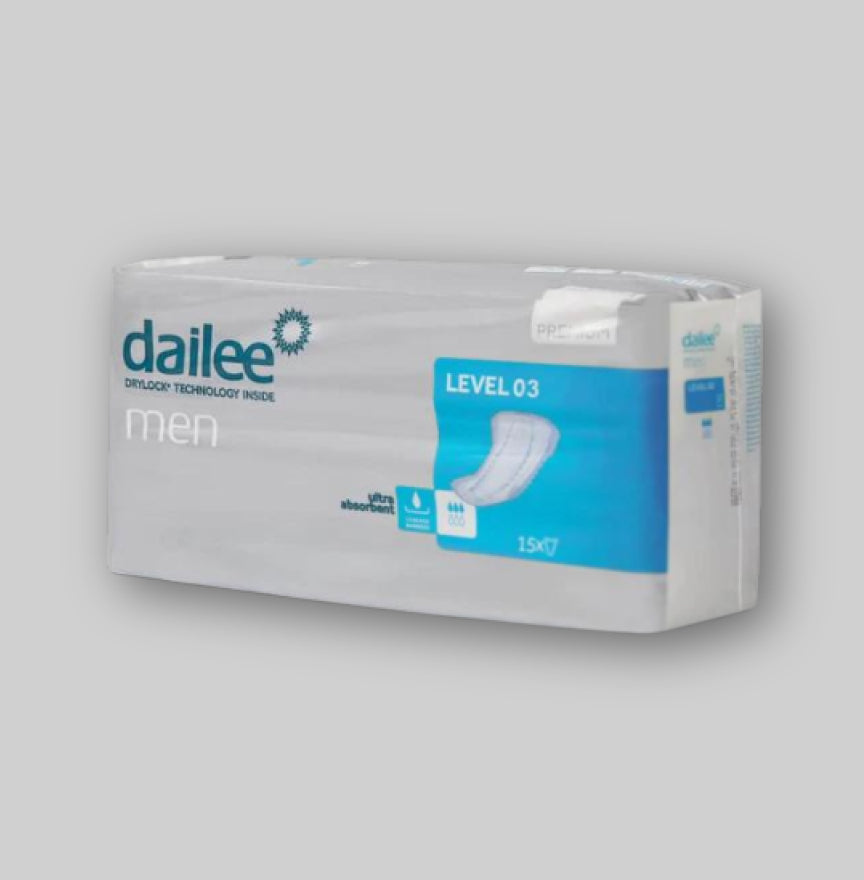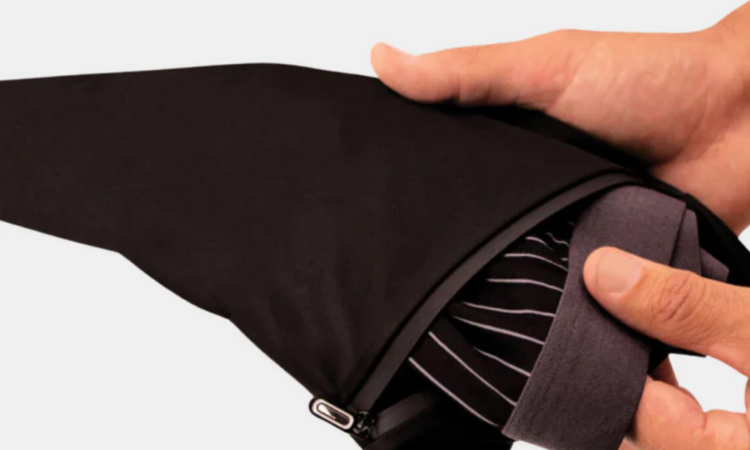Male incontinence surgery is a treatment used to reduce or stop involuntary urine leakage. It can be a solution for men who suffer from incontinence, which is a common problem in men of all ages. This surgery can take different forms, depending on the cause of the incontinence and the severity of the symptoms.

There are several causes of incontinence in men, including prostate problems, neurological conditions, and weakened pelvic floor muscles. In some cases, incontinence can be treated with medications, exercise, or lifestyle changes. In other cases, surgery may be necessary to correct the incontinence. It is important to consult a doctor to discuss the best treatment options and determine the cause of the incontinence before deciding on surgery.
What is Male Incontinence?
Male incontinence is the inability to hold urine. It is a common condition that can affect men of all ages. Incontinence can range from mild urine leakage to complete uncontrollable urination.
There are several types of incontinence in men, including stress incontinence, urge incontinence, overflow incontinence, and functional incontinence. Stress incontinence occurs when the bladder is put under pressure, such as when coughing or laughing. Urge incontinence occurs when the bladder contracts unexpectedly, causing the person to have to urinate suddenly. Overflow incontinence occurs when the bladder cannot empty completely, causing drops of urine to leak out. Functional incontinence occurs as a result of physical or mental impairment that makes it difficult to go to the toilet.
Incontinence in men can be caused by a variety of factors, including aging, prostate cancer, neurological conditions, and certain medications. It can also be caused by a weak pelvic floor, which can be strengthened through exercise.
It is important to understand that male incontinence is a treatable condition. There are several treatment options available, including medication, pelvic floor therapy, surgery, and the use of incontinence products. It is advisable to consult a doctor if you are experiencing incontinence, as they can help determine the appropriate treatment option.
Causes of Incontinence in Men

Incontinence in men can have a variety of causes, including prostate problems, neurological disorders, aging, and urinary tract infections.
Prostate problems
An enlarged prostate is a common cause of incontinence in men. It can lead to a blockage of the urethra, making it harder to retain urine. Prostate cancer and its treatments, such as radiation or surgery, can also cause incontinence.
Neurological Disorders
Neurological conditions, such as stroke, multiple sclerosis, or Parkinson's disease, can damage the nerves that control the bladder. This can cause the bladder to contract unexpectedly and leak urine.
Aging
Aging can also play a role in male incontinence. As men age, the muscles in the pelvic floor lose strength, making it harder to hold urine.
Urinary tract infections
Urinary tract infections can also cause incontinence in men. These infections can irritate the bladder and lead to an increased urge to urinate, which can lead to urine leakage.
It is important to determine the cause of male incontinence so that the appropriate treatment can be chosen. A doctor can help determine the cause and determine the best treatment options.
Types of Incontinence in Men
Male incontinence is a common problem where the bladder is not controlled. There are different types of male incontinence, each with their own causes and symptoms. This article discusses the four most common types of male incontinence.
Stress incontinence
Stress incontinence in men occurs when the pelvic floor muscles that support the bladder are weakened. This can lead to urine leakage during activities such as coughing, sneezing, laughing or lifting. Stress incontinence can be caused by a variety of factors, including prostate surgery, obesity, aging and a sedentary lifestyle.
Urge incontinence
Urge incontinence in men occurs when the bladder is overactive and urine leakage occurs due to a sudden and intense urge to urinate. This can lead to frequent urination and can be caused by a variety of factors, including overactive bladder, urinary tract infections, and neurological disorders.
Overflow incontinence
Overflow incontinence in men occurs when the bladder cannot be completely emptied and overflows. This can lead to urine leakage and frequent urine flow. Overflow incontinence can be caused by several factors, including an enlarged prostate, a narrowed urethra, and neurological disorders.
Functional Incontinence
Functional incontinence in men occurs when there are no physical problems with the bladder or urinary tract, but the person is unable to get to the toilet in time due to a physical or mental disability. This can lead to urine leakage and can be caused by a variety of factors, including dementia, stroke, arthritis, and mobility problems.
Understanding the different types of male incontinence is important to provide the right treatment. It is advisable to consult a doctor for a full diagnosis and treatment options.
Diagnosis of Incontinence

Anamnesis
When diagnosing incontinence in men, a thorough anamnesis is of great importance. The doctor will ask questions about the frequency, volume and nature of the urinary incontinence. He or she will also ask about any additional complaints, such as pain or blood in the urine. In addition, the doctor will ask about the medical history and any medication use.
Physical examination
In addition to the anamnesis, a physical examination will also be performed. The doctor will look at the condition of the pelvic floor muscles and the prostate, among other things. If an underlying condition is suspected, a rectal examination may also be performed.
Urine test
A urine test can help to determine any infections or abnormalities in the urine. The color, odor, and composition of the urine are examined. The presence of bacteria or blood in the urine can also be examined.
Urodynamic Examination
A urodynamic examination maps the functioning of the bladder and urinary tract. Among other things, the pressure in the bladder and the flow rate of urine are examined. This examination can help determine the cause of the incontinence and determine the correct treatment.
A thorough anamnesis, physical examination, urine analysis and urodynamic examination can diagnose incontinence in men. It is important that the correct diagnosis is made so that the correct treatment can be initiated.
Treatment options
There are several treatment options available for men with incontinence. Some of the most common options are discussed below.
Lifestyle Changes and Bladder Training
Some men can improve their incontinence by making lifestyle changes and by following bladder training. This may include:
- Avoid caffeine and alcohol
- Drink enough water
- Going to the toilet at fixed times
- Training the pelvic floor muscles
- Weight loss
Medication
There are several medications available that can help with incontinence. These medications can, among other things, relax the bladder muscle or reduce urine production. It is important to consult a doctor about which medication is most suitable and what the possible side effects are.
Surgical Interventions
If the incontinence is severe and other treatments do not help, surgery may be considered. There are several possible surgeries, including placing an artificial sphincter or strengthening the pelvic floor muscles.
Tools
There are several devices available to help with incontinence, such as incontinence supplies, catheters and male condoms. These devices can help to collect urine and prevent the incontinence problem from getting worse.
It is important to remember that every man is different and treatment should be tailored to his individual needs and situation. A doctor can help determine the best treatment option for each patient.
Surgical Treatments
There are several surgical treatments available for men with incontinence. These treatments are usually only used when other treatments have not been effective.
Sling operation
Sling surgery is a surgical procedure in which an artificial band or sling is placed under the urethra to support it and reduce urine leakage. There are several types of slings available, including the transobturator sling and the retropubic sling. The type of sling used depends on the specific needs of the patient.
Artificial Sphincter
An artificial sphincter is a device that is implanted around the urethra to regulate urine flow. The device consists of a balloon that is inflated to close off the urethra and prevent urine leakage. The balloon can be deflated to allow urination. This type of surgery is most often used in men with severe incontinence.
Prostate surgery
Prostate surgery can cause incontinence due to damage to the urethra or bladder sphincter. In some cases, surgery can be performed to repair the urethra and reduce urine leakage. This can be done, for example, by placing a sling or implanting an artificial sphincter.
It is important to remember that surgeries for male incontinence are not always successful and that there are risks associated with any surgical procedure. It is therefore important to carefully weigh the pros and cons of each treatment and make an informed decision with a doctor.
Recovery and Aftercare after Surgery

After surgery for male incontinence, it is important to know what to expect during the recovery process and what aftercare you will need.
Recovery
Immediately after surgery, the patient may experience some pain and swelling. This is normal and can be relieved with painkillers and rest. The patient may also need a catheter to drain urine until the bladder functions normally again. It is important to follow the doctor's instructions to help the recovery process.
After a few weeks, the patient can gradually resume normal activities, but heavy lifting and sports should be avoided for a few months after the surgery. The patient should also have regular check-ups with the doctor to monitor the recovery process.
Aftercare
After surgery, the patient should follow good hygiene practices to prevent infections. The patient should also maintain adequate fluid intake and adhere to a healthy diet to aid the recovery process.
The patient must also empty their bladder regularly to prevent it from becoming overfilled and causing incontinence to recur. It is important to remember that recovery is a process and it may take time to fully recover.
In case of complications or unusual symptoms, the patient should contact his doctor immediately.
Risks and Complications of Surgery

There are some risks and complications that can occur with male incontinence surgery. It is important that patients are aware of these risks before deciding to undergo the surgery.
Risks
- Bleeding: There is a risk of bleeding during or after surgery. This can lead to an increased risk of infection and can delay healing.
- Infection: Infection is a risk with any surgery. It can lead to delayed healing and can cause serious complications if not treated in time.
- Problems urinating: Some men may have difficulty emptying their bladder after surgery. This can lead to an increased risk of urinary tract infections and other complications.
- Erectile dysfunction: Some men may have problems getting or keeping an erection after surgery. This may be temporary or permanent and can have a negative effect on the quality of life.
Complications
- Fistula formation: There is a risk of fistula formation after surgery. A fistula is an abnormal connection between two organs or between an organ and the skin. This can lead to infection and other complications.
- Urinary incontinence: In some cases, the surgery can lead to urinary incontinence. This can be temporary or permanent and can have a negative effect on the quality of life.
- Bowel problems: Some men may have problems with their bowel function after surgery. This can lead to constipation or diarrhea and can have a negative effect on quality of life.
It is important that patients are aware of these risks and complications before deciding to undergo the surgery. It is also important that they discuss all questions and concerns with their doctor before making a decision.
Living with Incontinence After Surgery

Incontinence after surgery can be a challenge for men. It can lead to feelings of frustration and discomfort, and can even affect daily life. Here are some tips to help manage incontinence after surgery:
- Change incontinence products regularly to prevent skin irritation and maintain hygiene.
- Avoid drinking large amounts of fluid at once, but instead drink small amounts throughout the day.
- Limit drinking caffeinated beverages, as they can irritate the bladder and worsen incontinence.
- Use incontinence products that are suitable for men, such as incontinence pants or special inserts.
- Discuss any incontinence concerns with a doctor to determine if further treatment is necessary.
Although incontinence can be challenging after surgery, there are ways to manage it and continue with your daily life. Following these tips and maintaining open communication with your doctor can help improve your quality of life and manage incontinence.
Support and Advice

For men who suffer from incontinence, it can be a difficult and confusing time. It can hinder their daily activities and affect their self-confidence. Fortunately, there are several ways to treat and manage incontinence.
An important step in managing incontinence is seeking support and advice. Men can consult their GP or an incontinence specialist to learn more about their specific situation and the treatment options available.
In addition to medical professionals, there are also a number of organizations and communities that offer support to men with incontinence. These can range from online forums and support groups to local meetings and events.
It is also important for men to understand that they are not alone in their struggle with incontinence. It is a common problem that affects an estimated millions of men worldwide. By being open about their situation and seeking help, men can get the support and advice they need to manage incontinence and get their lives back on track.


















